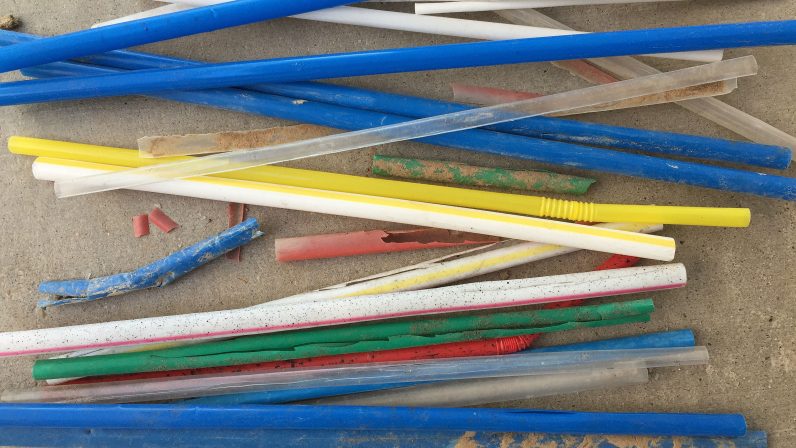Anyone who has known me for any length of time knows I’m obsessed with plastic—reducing, reusing, and recycling it. I bring my own reusable bags wherever I shop, spreading the message to one cashier at a time about the wastefulness of plastic bags. More and more, I make purchasing decisions based on the amount of plastic involved with an item. I am respectfully persistent in this mission of reducing plastic and find it shocking how many people don’t even think about these things.
Over the years, this obsession has filtered into the Seed curriculum through the work of our dedicated staff. Our passion for promoting planetary stewardship is a year-long project that is heightened in April around Earth Day. We teach our students to participate in plastic trash reduction by eating with reusable plates, cups, and utensils. Even our one-year-olds learn to bring their empty bowls to the counter when they are finished eating snack. Being part of the plastic trash reduction movement is why we’ve asked our families to bring their own reusable utensils and plates to our school picnic on Saturday.
Parents play a big part in our plastic reduction program. Over the years we’ve had various campaigns to send lunches in reusable containers. Each year we have less and less plastic trash generated by lunches. This week we’ve been collecting lunch trash from each classroom. By Wednesday, three days of lunch trash from the entire school fit in one paper grocery bag. Many classes have had hardly any trash all week. This is impressive. Next week we’ll have a display of our lunch trash for continuing awareness of food packaging and choices we can make. As we keep up our emphasis of reducing lunch trash, we are taking on a new campaign this year, plastic throwaway straws.
As an experiment, I decided to collect straws I found lying on the ground during my morning walks. The collection above is from one week. These straws are not recyclable and are particularly problematic when they end up in the ocean. They break down into smaller pieces and are then consumed by marine animals. Just this morning I saw a story about a dead sperm whale that was found with 64 pounds of plastic in its digestive system (https://www.washingtonpost.com/news/speaking-of-science/wp/2018/04/11/a-dead-sperm-whale-was-found-with-64-pounds-of-trash-in-its-digestive-system/?noredirect=on&utm_term=.385d39c60b20).
There are, most certainly, situations when a straw is absolutely necessary. However, there are many times when they’re not needed. In reading about straws, I found out that 500 million straws are used and discarded per day in the United States alone (https://thelastplasticstraw.org). That’s a lot of straws, and it’s a problem we can do something about in our everyday lives. Stay tuned for what we come up with to address this issue, and be ready for a Seed “skip the straw” challenge. In the mean time, here are some resources:
http://www.plasticpollutioncoalition.org/no-straw-please
https://www.aardvarkstraws.com
https://www.strawlessocean.org/stopsucking
https://oceanconservancy.org/trash-free-seas/outreach-education/skip-the-straw/

